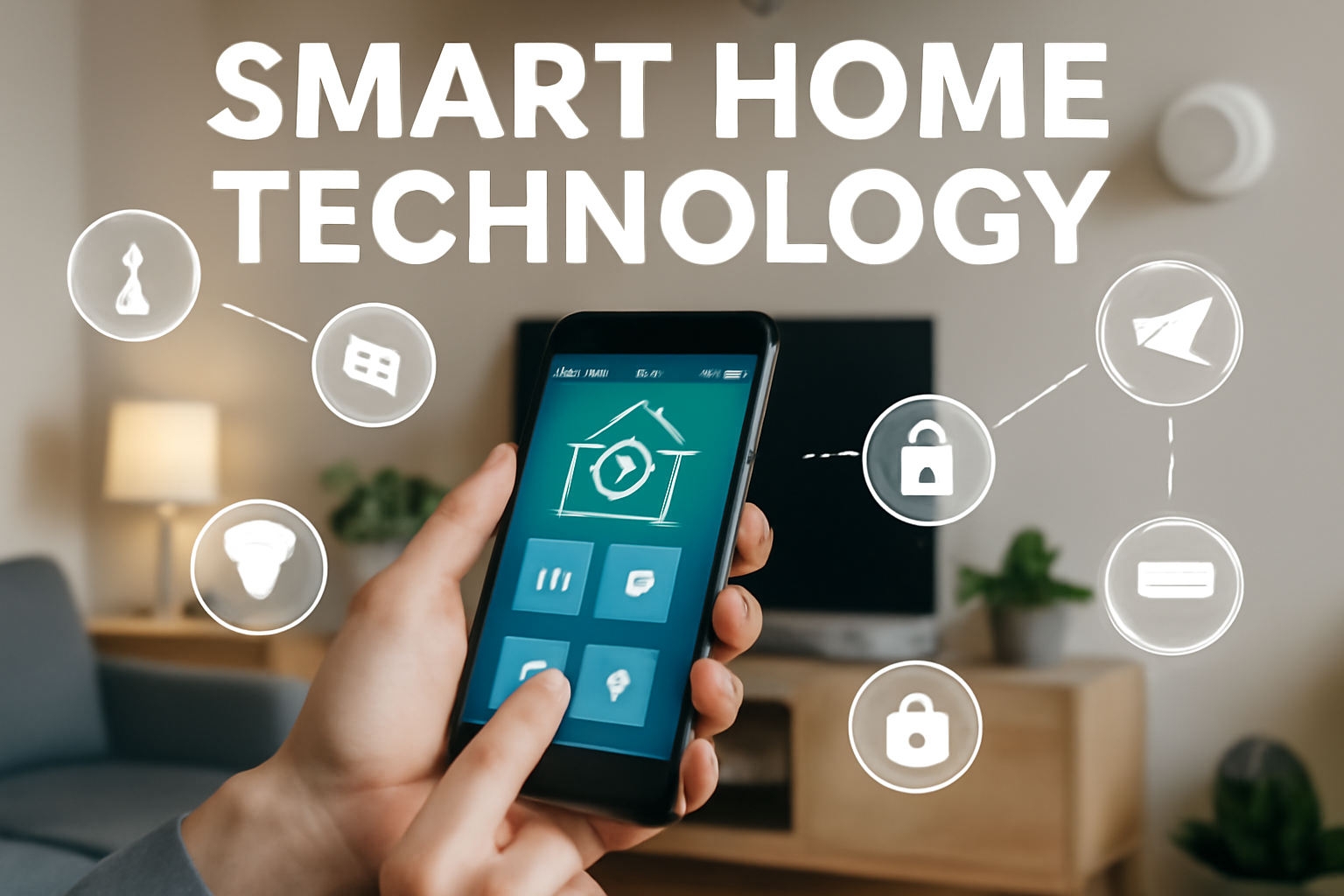Location
Mount Vernon, WA 98274
Location
Mount Vernon, WA 98274

Smart home technology is rapidly evolving, transforming how we interact with our living spaces. From energy-efficient appliances to integrated security systems, these gadgets are designed to enhance convenience, security, and sustainability in our daily lives.
In recent years, the smart home market has exploded, offering a plethora of gadgets that streamline daily tasks and enhance home management. According to a report by Statista, the global smart home market is projected to reach $174 billion by 2025, driven by consumer demand for convenience, security, and energy efficiency. But what are the latest innovations shaping this space?
One of the most noteworthy advancements is the integration of artificial intelligence (AI) into smart home devices. AI not only allows gadgets to learn user preferences but also enables them to anticipate needs. For instance, smart thermostats can adjust temperatures based on user behavior, optimizing energy use and lowering utility bills. Brands like Nest and Ecobee are leading the charge by offering solutions that learn from your habits and adjust accordingly.
Another trend is the rise of smart security systems. Traditional security measures are now being enhanced with features such as facial recognition, real-time alerts, and remote monitoring. Companies like Ring and Arlo have developed cameras and doorbells that send notifications directly to your smartphone when they detect activity, offering peace of mind to homeowners. These devices not only help in preventing crime but also allow users to keep an eye on their property from anywhere in the world.
Furthermore, the push for sustainability is influencing the development of smart home gadgets. Energy-efficient appliances, smart lighting systems, and even smart irrigation systems are becoming increasingly popular. For example, smart irrigation controllers can adapt watering schedules based on weather conditions, significantly reducing water waste. This not only aids in conservation efforts but also appeals to environmentally conscious consumers.
Voice-activated assistants have also seen significant improvements, with devices like Amazon Echo and Google Nest Hub becoming central hubs for smart home management. Users can control various devices simply by speaking commands, making it easier to manage home environments without the need for physical interaction. This level of convenience is especially beneficial for individuals with mobility challenges.
As smart home technology continues to evolve, the focus on interoperability among devices is becoming more pronounced. Consumers are increasingly seeking products that can communicate seamlessly with one another, creating a cohesive smart home ecosystem. Companies are responding by developing platforms that promote compatibility across different brands and devices, enhancing user experience.
In conclusion, the evolution of smart home gadgets signifies a shift towards a more connected and efficient living environment. With advancements in AI, security, sustainability, and interoperability, these devices are not just novelties; they are becoming essential components of modern life, making daily routines simpler and more enjoyable. As we look to the future, the potential for smart home technology to enrich our lives is limitless.